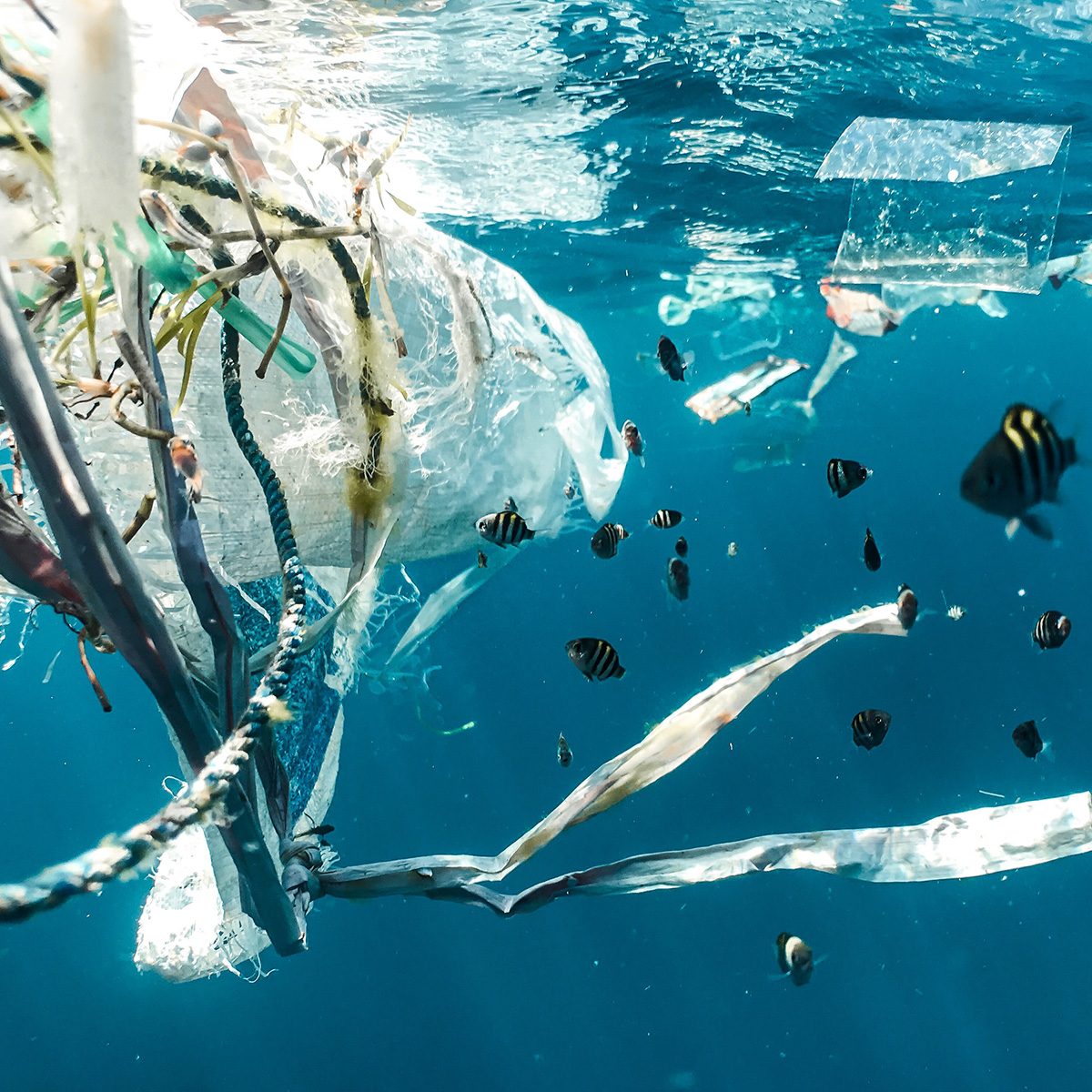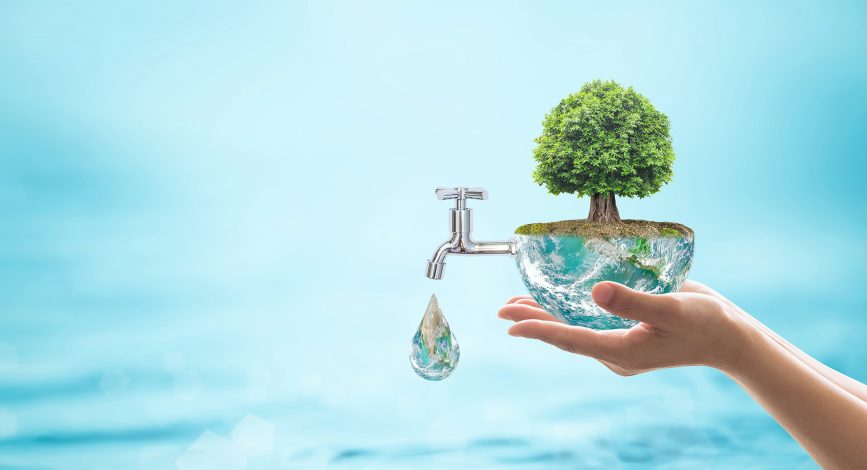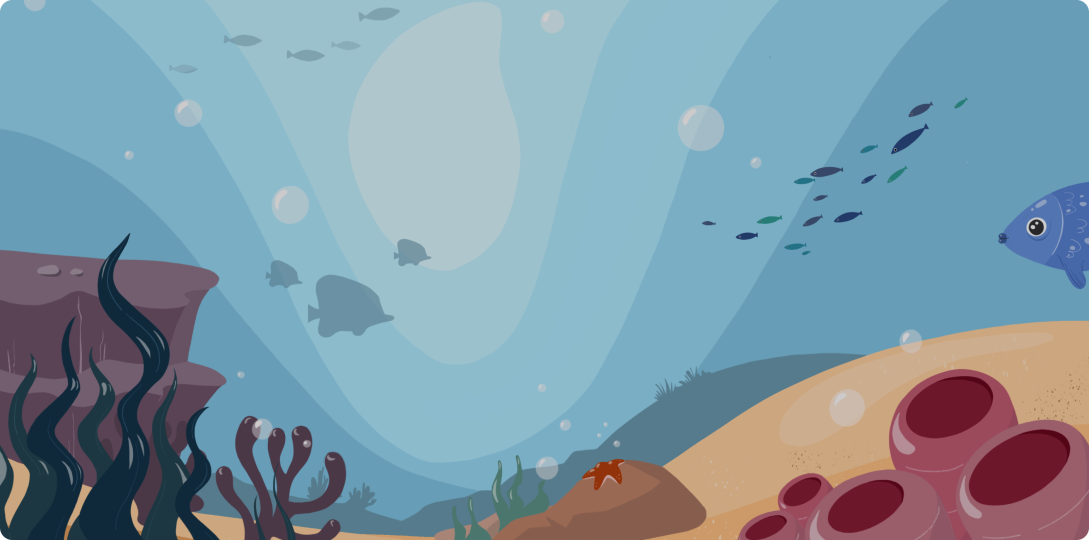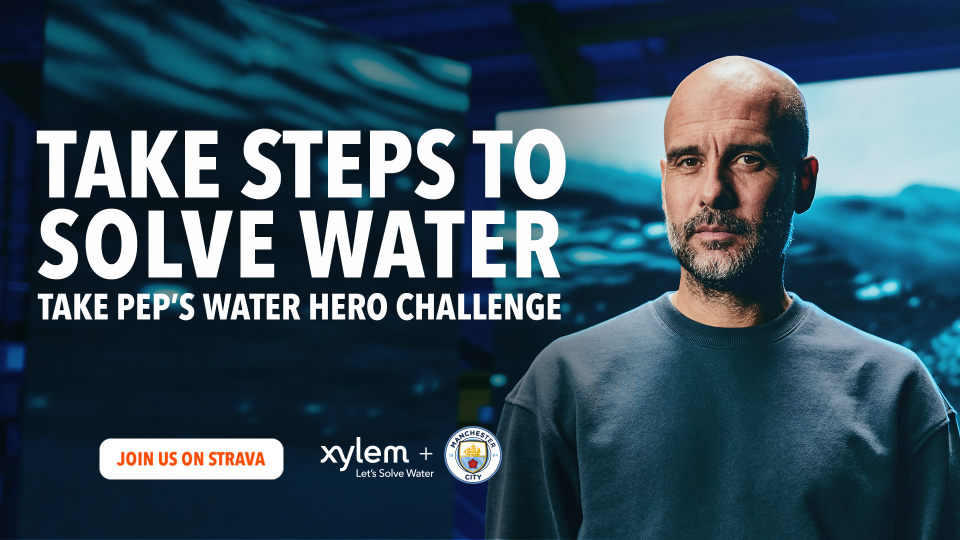
Already Collected
Wash Football
Take the quiz now to see how much you have learned about WASH Football coaching.
Keep taking action to solve water and earn more Waterdrops.










